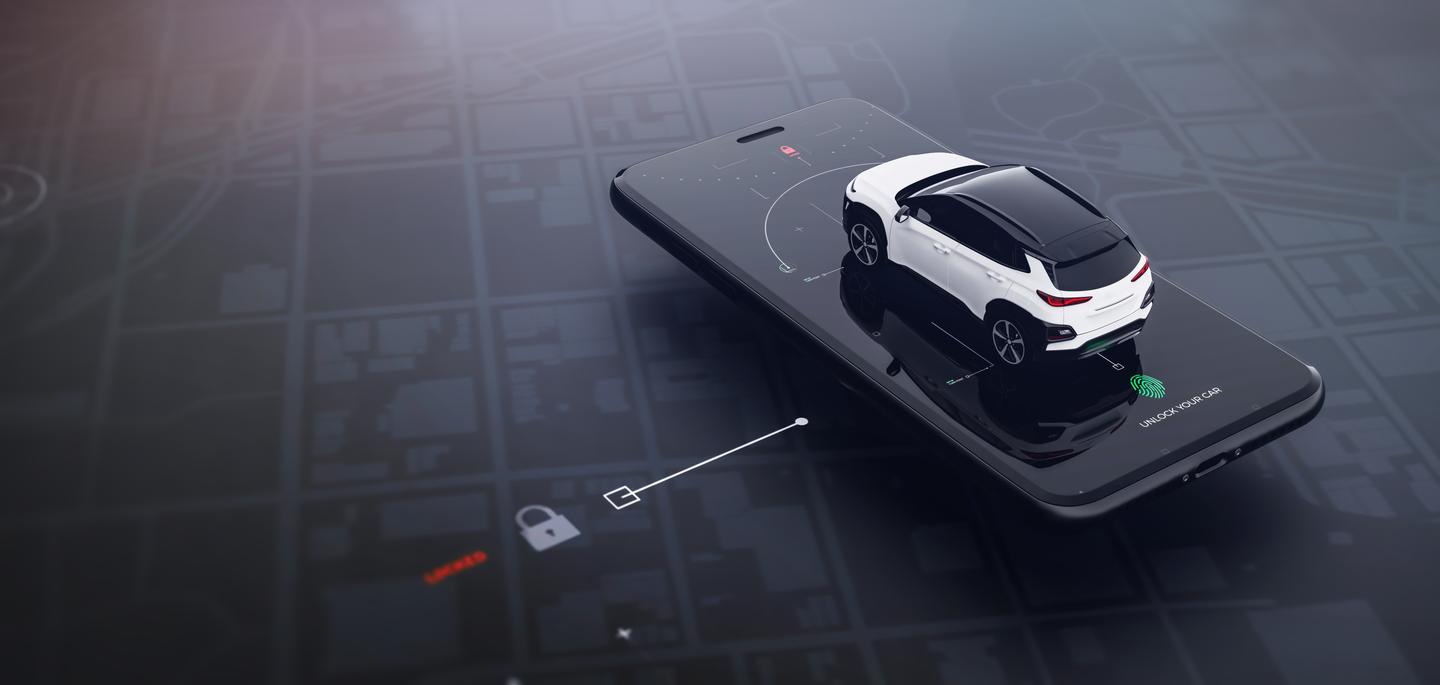From cars to commerce: How Embedded banking will refine Automotive experiences
As the automotive industry continues to evolve, a transformative concept with real innovation potential is beginning to emerge: embedded banking. In straightforward terms, embedded banking is like having a bank built into everyday services and devices, allowing you to handle money matters directly from those services without going to a separate bank app or website.

Introduction to Embedded banking
The idea extends back to the early 2010s, coinciding with the rise of fintechs and the increasing integration of technology in everyday consumer activities.
The growth of digital platforms and the advancement of technology like smartphones, cloud computing, and APIs (Application Programming Interfaces) have allowed banking services to be more seamlessly integrated into various non-financial platforms. Companies in retail, automotive, and other sectors have started to embed financial services directly into their customer interfaces, making transactions smoother and more convenient.
A new paradigm in Automotive services
This integration of banking services within automotive ecosystems represents a new paradigm that promises to redefine consumer engagement and operational efficiency.
As vehicles evolve into connected, autonomous entities, integrating embedded banking opens up many new opportunities, enabling real-time financial transactions, personalised financing solutions, and a holistic, customer-centric approach to automotive services.
At the centre of this revolution lies the concept of 'financial mobility', in which financial services are integrated into mobility solutions provided by the automotive industry. Embedded banking leverages the power of advanced technologies such as the Internet of Things (IoT), artificial intelligence (AI), and blockchain to facilitate instant, secure, and highly personalised banking transactions directly from the vehicle's interface.
Enhancing User experience
Innovation in this space has the potential to enhance a user’s experience by offering services like on-the-go payments, vehicle financing, and insurance options with ease and security. It also opens the door to various new business models and revenue streams for automotive manufacturers and financial institutions.
Embedded banking can transform cars into mobile banking hubs by embedding financial services into the vehicle's ecosystem, redefining the boundaries between financial services and automotive operations.
With modern software-defined vehicles (SDV) generating vast amounts of data, embedded banking services can harness this information to customise financial products and services that cater to consumers' needs and preferences.
Insurance premiums can dynamically adjust based on driving behaviour, financing options can be tailored to the vehicle's usage patterns, and payments for charging electric vehicles or tolls can be automated, enhancing operational efficiency and customer satisfaction.
Driving sustainability through financial incentives
The environmental implications of integrating embedded banking into the automotive sector are also significant. With the urgent global push towards climate change mitigation, the automotive industry is under pressure to adopt more sustainable practices.
Embedded banking can drive sustainability by incentivising behaviours that reduce environmental impact. For instance, financial incentives embedded in vehicles can encourage drivers to choose electric vehicles (EVs), opt for energy-efficient routes and driving styles, engage in car-sharing, or invest in sustainable vehicle and home technologies.
Fostering industry collaborations
Embedded banking in the auto industry will encourage stronger partnerships between car manufacturers, financial institutions, tech companies, and service providers.
These collaborations are crucial for developing secure, scalable, and interoperable financial solutions that adapt to the rapidly evolving technological landscape and consumer expectations. By creating an integrated ecosystem that connects automotive and financial services, embedded banking will speed up innovation and establish a future where mobility and finance are increasingly intertwined, leading to a more connected, efficient, and customer-focused world.
At its heart, the integration of embedded banking within the automotive industry reflects significant technological progress and a shift towards more sustainable, efficient, and consumer-focused mobility. This transition presents profound challenges, particularly for traditional industry players. Yet, with robust collaboration and a commitment to sustainability, coupled with intelligent design and technology, the potential benefits for consumers, businesses, and the environment are immense.
Challenges and regulatory considerations
As innovation accelerates, the regulatory landscape is becoming increasingly complex. A regulatory framework that is both robust and adaptive is needed to ensure consumer protection, data privacy, and cybersecurity while also promoting innovation. Regulatory bodies and policymakers are vital in shaping legislation that aligns with rapid technological advancements. They must tackle data ownership, consent mechanisms, and cross-border transactions. This demands a forward-thinking approach that addresses current needs and anticipates future challenges.
Cyber security and Data privacy
In today's digital age, where online transactions are ubiquitous, the risk of cyber threats is genuine, making cybersecurity a vital element within the embedded banking ecosystem.
Vehicles must incorporate cutting-edge security measures such as advanced encryption protocols and real-time fraud detection systems to protect financial transactions and personal data.
Collaboration between automotive manufacturers, technology companies, and financial institutions must increase to reduce this risk from potential cyber threats. Together, they must develop and implement robust security frameworks that safeguard users.
Building trust with users involves providing transparency and control over their data. As vehicles become central hubs for personal and financial information, empowering users is crucial. This means implementing clear consent mechanisms, straightforward privacy policies, and options for users to manage their data preferences directly from their vehicles.
Educational initiatives are equally important as technology developments. For embedded banking to gain traction and deliver on its promise, consumers need to understand its benefits, functionalities, and security features. Automakers and financial institutions should consider launching awareness campaigns to clarify the advantages of financial mobility, emphasising the convenience, efficiency, and security it adds to the automotive experience.
The future of Embedded banking in Automotive
The trajectory of embedded banking in the automotive industry is poised for rapid growth, driven by technological advancements and changing consumer behaviours. The integration of 5G connectivity, for instance, will further enhance the capabilities of embedded banking, enabling faster, more reliable, and more secure transactions. As autonomous driving technologies advance, the potential for innovative financial services expands, from in-vehicle shopping to automated parking payments.
Embedded banking represents a major leap forward in the convergence of automotive and financial services, promising a future where our vehicles transport us physically but also navigate the complex landscape of our financial needs with ease and security.
The journey towards this future will require collaboration across industries, innovative thinking, and a steadfast commitment to security and consumer trust. With these elements in place, embedded banking can redefine our relationship with our vehicles, transforming them into partners that drive us to our destinations and empower us to achieve our financial and sustainability goals, all from the comfort of our heated seats.
Explore the possibility of embedded banking with Futurice; we are here to help you navigate this transformative opportunity and achieve tangible results.
 David MitchellChief Growth Officer
David MitchellChief Growth Officer





